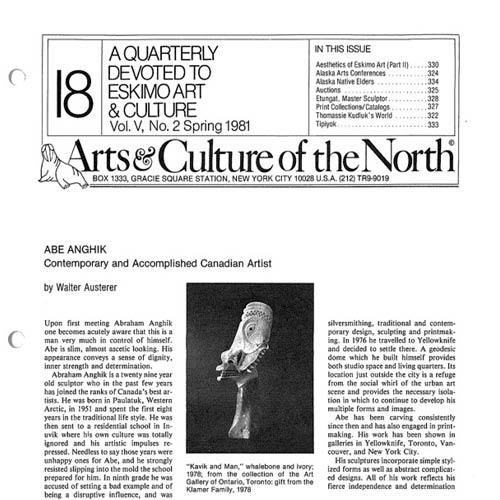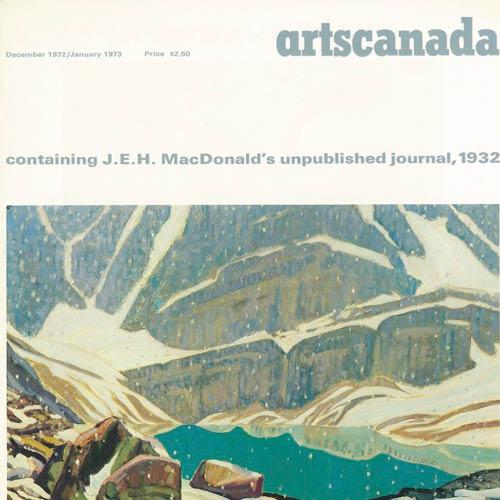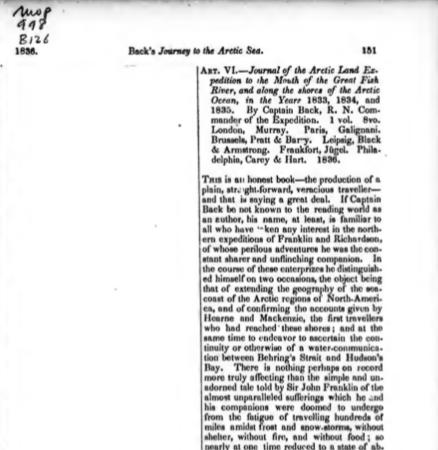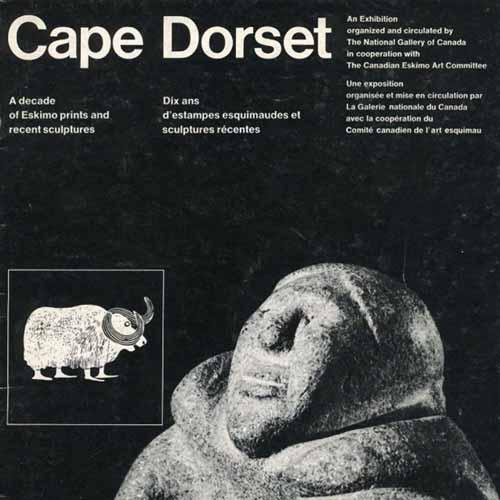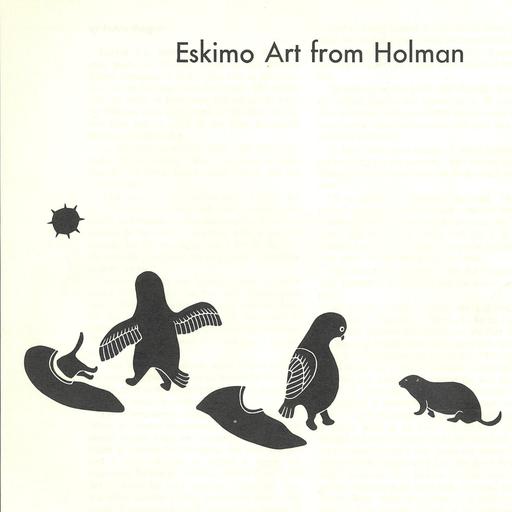Archival Materials
Artscanada - December 1972 / January 1973
Images and Words from Spence Bay, N.W.T - Pam Harris and Judy McGrath
Diary of an Arctic Journey by Irene Baird
Frobisher Bay, Baffin Island. Here – 1300 miles north of Montreal – we’re virtually in the city – in an Arctic sense. But not for long.
Eighteenth Annual Report of the American Bureau of Ethnology to the Secretary of the Smithsonian
Eighteenth Annual Report of the American Bureau of Ethnology to the Secretary of the Smithsonian
Impact of the Inuit Arts economy
Contemporary Inuit arts and crafts as they exist today draw on culture and traditions that long predate settlers’ arrival in the Arctic. However, some of the production methods, distribution channels, marketing, and the place of this art among other contemporary forms of fine art can be traced to the late 1940’s when James Houston visited the Canadian Arctic.
